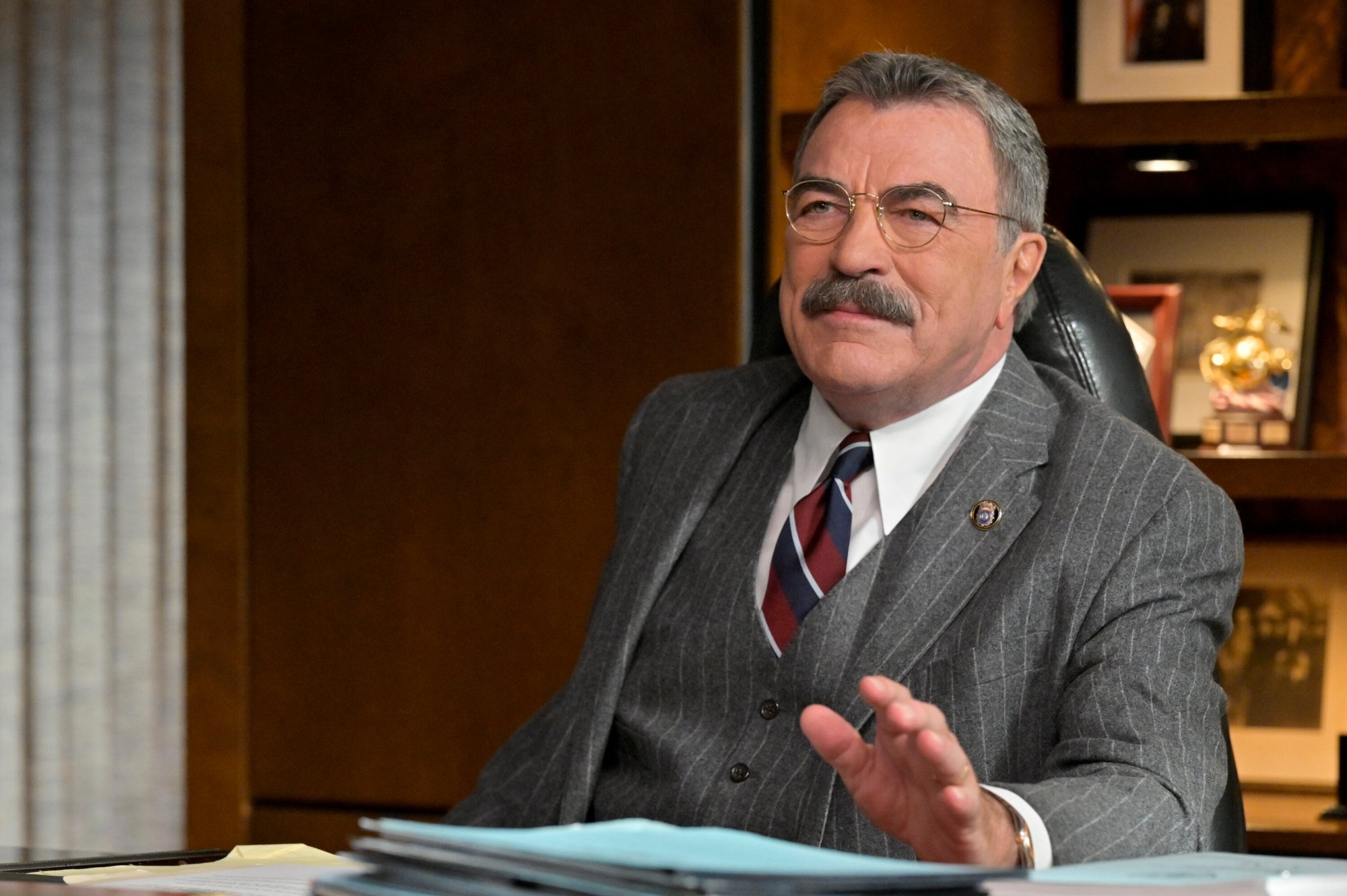Last week, I was in Concord, North Carolina (a little outside of Charlotte).
Why?
The Smith and Wesson Collectors Association symposium, of course.
Yes, I did have a great time, thank you very much. No, I can’t talk a lot about what went on at the Symposium, since it is a closed meeting. I don’t think I’m revealing too much by saying there was an interesting presentation on a very early production S&W (serial number five) and another presentation on tracking down old NYPD guns. Not just “was this a NYPD gun?” but who carried it, when they carried it, and even background about the person who carried it.
(Fun fact: at least for the period of time under discussion, there was no such thing as a NYPD “issue” gun. Police officers were responsible for purchasing and providing their own firearms, based on what the department approved. There are some very limited exceptions: the department did have some “loaner” guns for officers whose weapons were being repaired, and some “specialty” guns for certain situations. But generally, if you were a NYPD officer, you bought your gun, it had your shield number engraved on it, and the NYPD kept track of what type of gun and what serial number was used by the officer with that shield number.)
I picked up some paper (S&W instruction sheets and promotional items). I didn’t buy any guns (which legally would have to be shipped to my FFL anyway), though there were a couple that tempted me. Bones, one of my friends in the association had a 638 that he offered me at what I think is a fairly good price. If I hadn’t already bought that Model 38…also, there’s another gun that I have my eye on.
(I’ve been telling people “I have Smith and Wesson tastes, but a Jennings Firearms budget.” I used to say “…a Taurus budget”, but someone pointed out to me that Taurus firearms are getting expensive.)
There are always some folks selling books as well. Generally, it isn’t their main focus, but incidental to the guns/parts/accessories on their table. Another one of my good friends had two Julian Hatcher books on his table that I think were original Samworths. But when I went back, he’d sold both of them to someone else. We did end up having a nice conversation about the Samworths, though: both of us were happy to find another SATPCO fan. (And he’s offered to sell me some of his surplus Samworths.)
Someone else was selling a copy of Elmer Keith’s Safari. For $1,000. But: this copy wasn’t just signed by Elmer Keith, it was signed by Elmer Keith to Bill Jordan, and included letters between the two of them. I can see the associational value justifying the extra $600 or so, if you’re a serious gun book crank.
(The same guy has another book I want, but the price is giving me the leaping fantods. And they weren’t on sale, but there was a guy there who had a couple of books on H.M. Pope to accompany his display: S&W target pistols that had been re-barrelled by Pope. Since I’m already interested in barrel making, that’s another rabbit hole to go down. Fortunately, those prices are more reasonable. Relatively speaking.)
I did get some good barbecue at Jim ‘N Nick’s in Concord. Thing is, it seems like it was more Alabama ‘que instead of Carolina ‘que. But it was still good. As was the chocolate cream pie. And the cheese biscuits were excellent: I’d buy a package of the mix, except shipping costs more than the mix itself. (I didn’t bring any back with me because I wasn’t sure I could fit it in my bags.)
Other than that, food was iffy. The hotel had an excellent free breakfast. Not a “continental breakfast”, but a real hot breakfast with an omelet and waffle station, eggs, biscuits and gravy, and etcetera. The hotel restaurant, on the other hand, didn’t have any wait staff: you had to order at the bar and a runner would bring the food out to you. And it honestly was not very good food.
Traditionally, there’s a “cocktail party” (which is really more like a full-blown dinner buffet, complete with prime rib carving station) and a sit-down banquet two nights during the symposium, so I didn’t go out those nights. My other meal out was at a Jason’s Deli with a bunch of my friends from the S&WCA so we could talk shop about some projects we’re working on.
I really didn’t do any touristy stuff. The convention runs Thursday through Saturday, and I spent all of that time gawking at guns and catching up with my friends. Sometimes there’s an excursion arranged as part of the Symposium, if there’s a point of interest nearby, but not in this case. Sunday was the only day I had free to explore. And I didn’t have a car. I looked into renting one just for Sunday, but that was so difficult I gave up the idea.
As it turns out, the hotel in Concord was almost right on top of Charlotte Motor Speedway. Apple Maps has it as two minutes (.5 miles) by car, and I could see the lights of the speedway from my (second floor) room. There is a tour offered, but it wasn’t available on that Sunday. Hendrick Motorsports is big in the area (the hotel is almost literally surrounded by various Hendrik auto dealerships). Their facility was also close to the hotel, and apparently used to offer tours: “Campus remains temporarily closed to the public.”
(It isn’t that I’m a huge NASCAR fan: I try to keep up with the sport as a background process, but not seeing the speedway or the Hendrik campus didn’t break my heart. On the other hand, I really enjoy going to obscure places even if they may not line up with my current interests: you never know when you’ll come out of a new place with another rabbit hole to go down.)
Now, if you’ll excuse me, I have a long Smith and Wesson related to-do list to work on. Only 363 days until the next Symposium.

